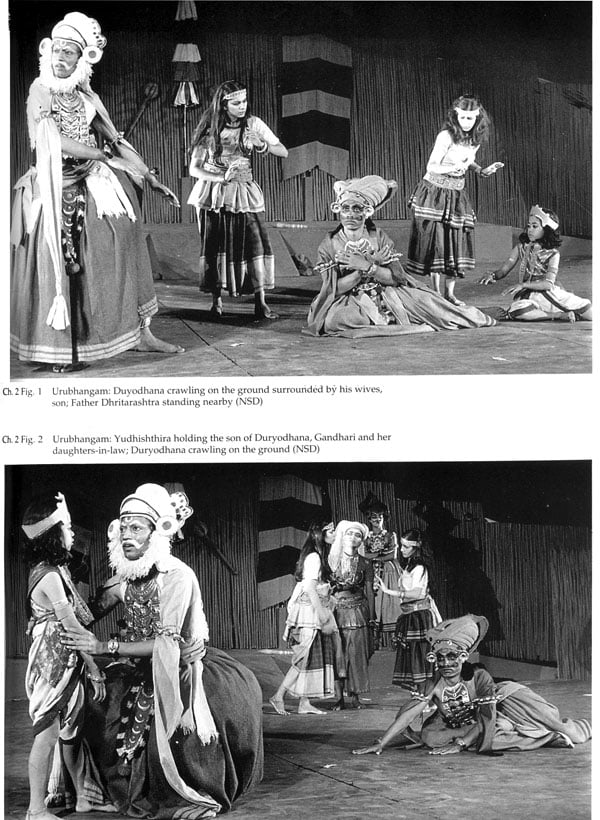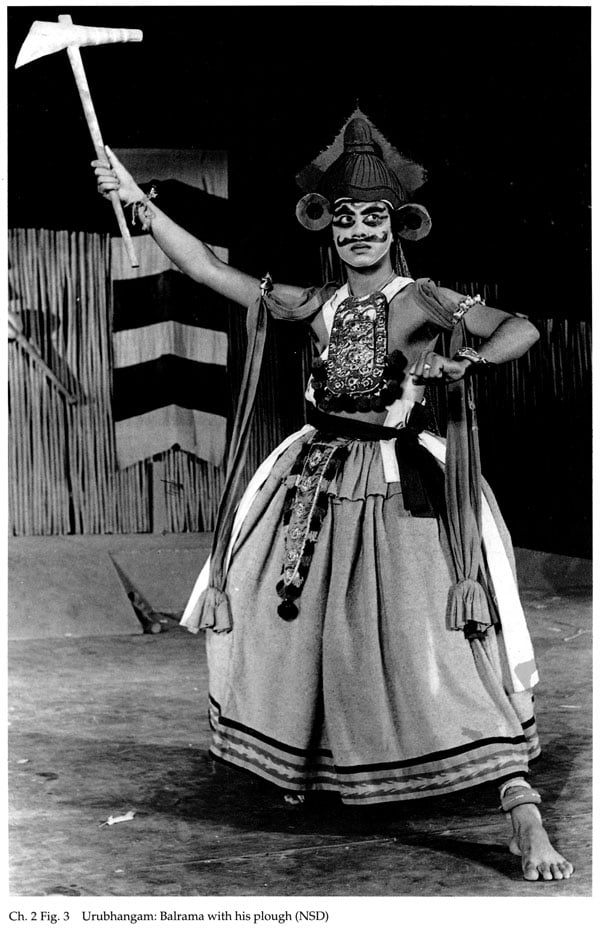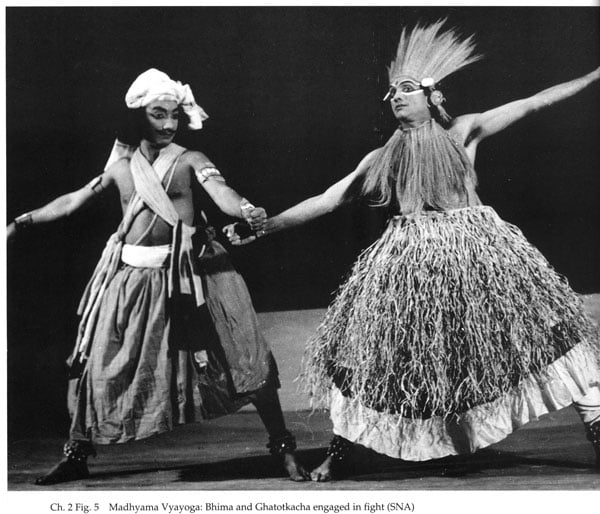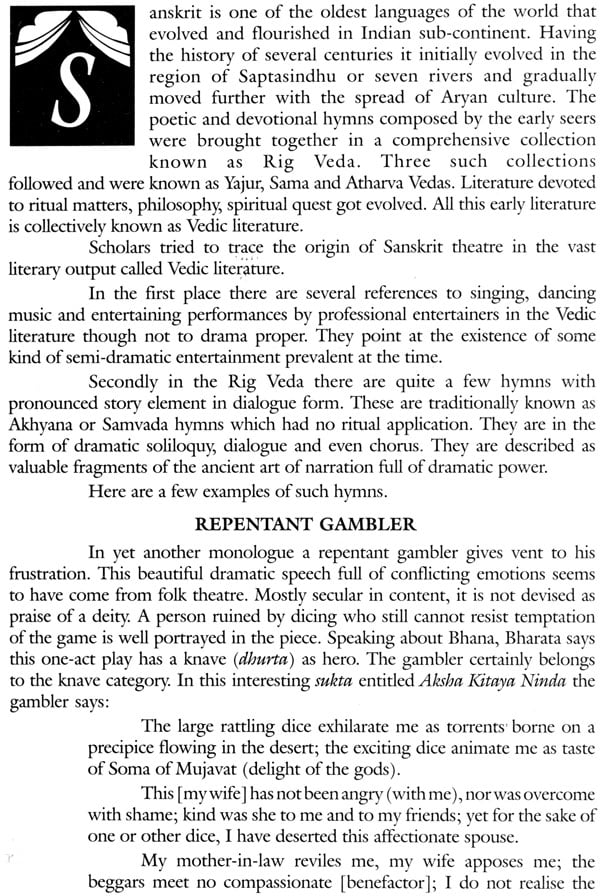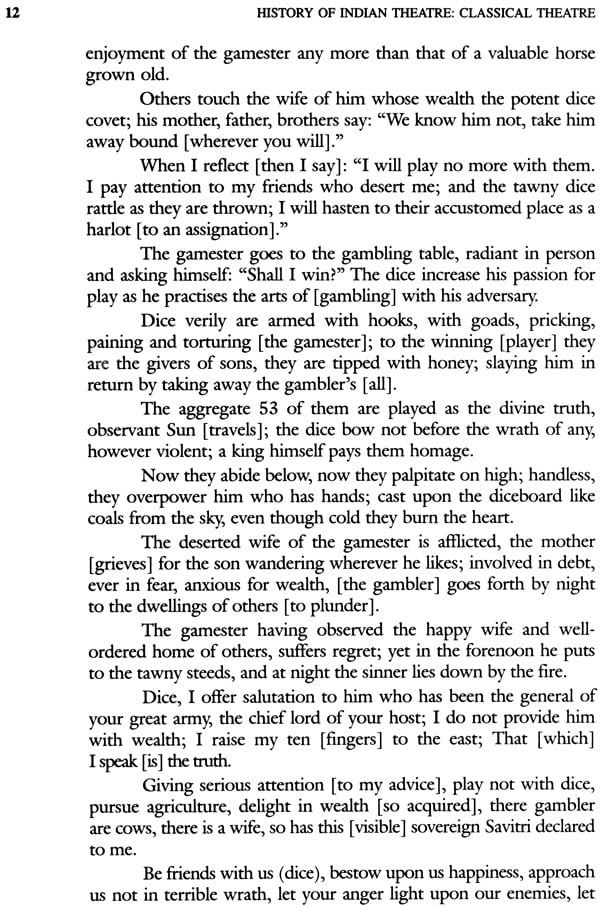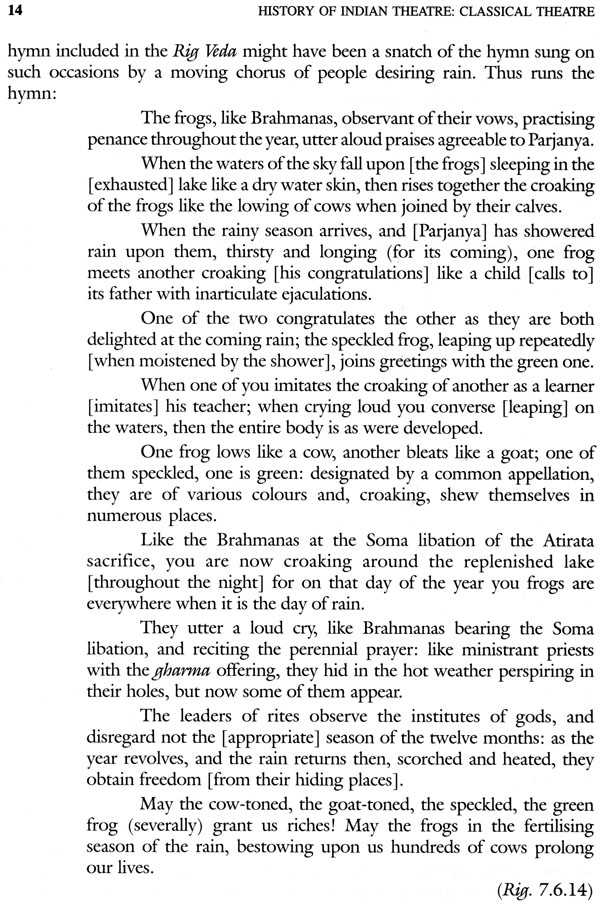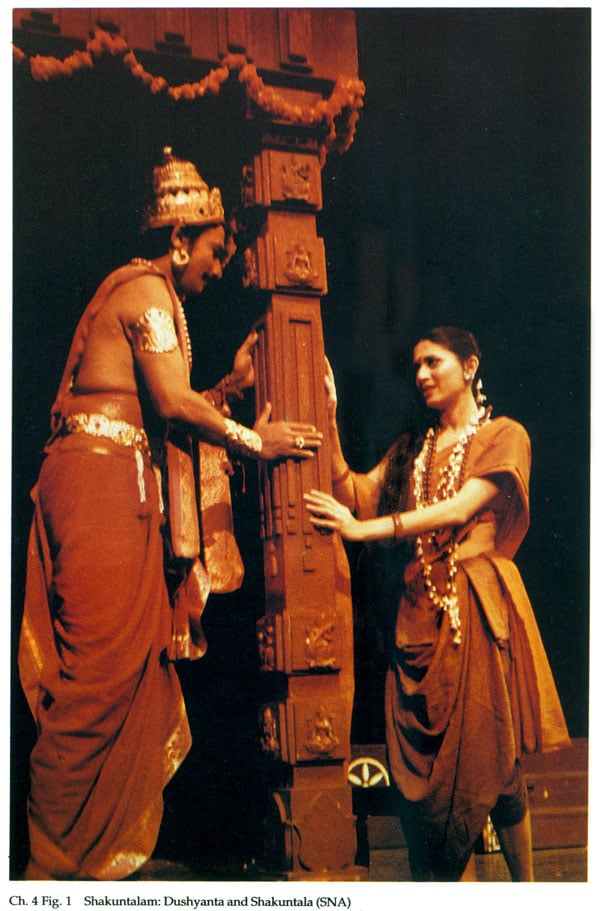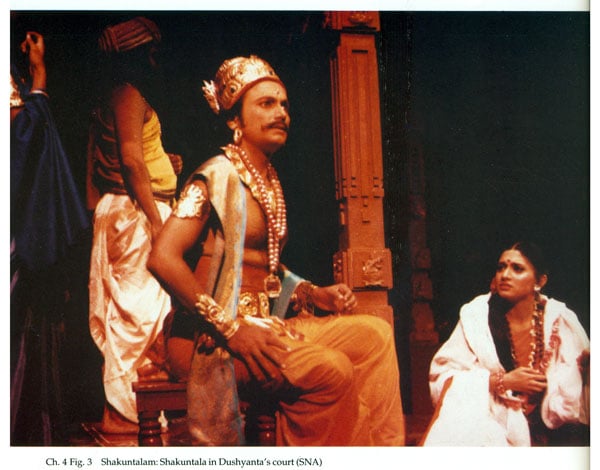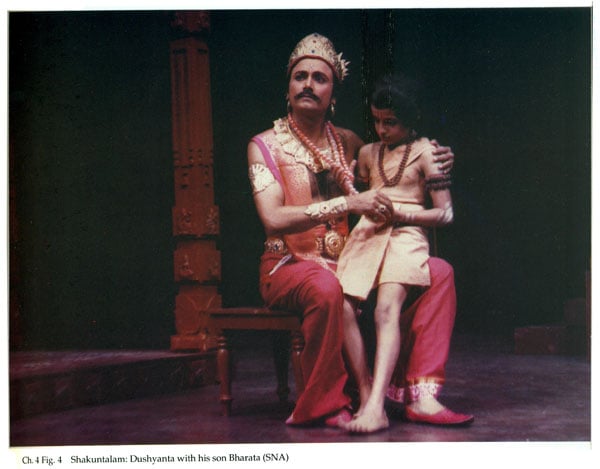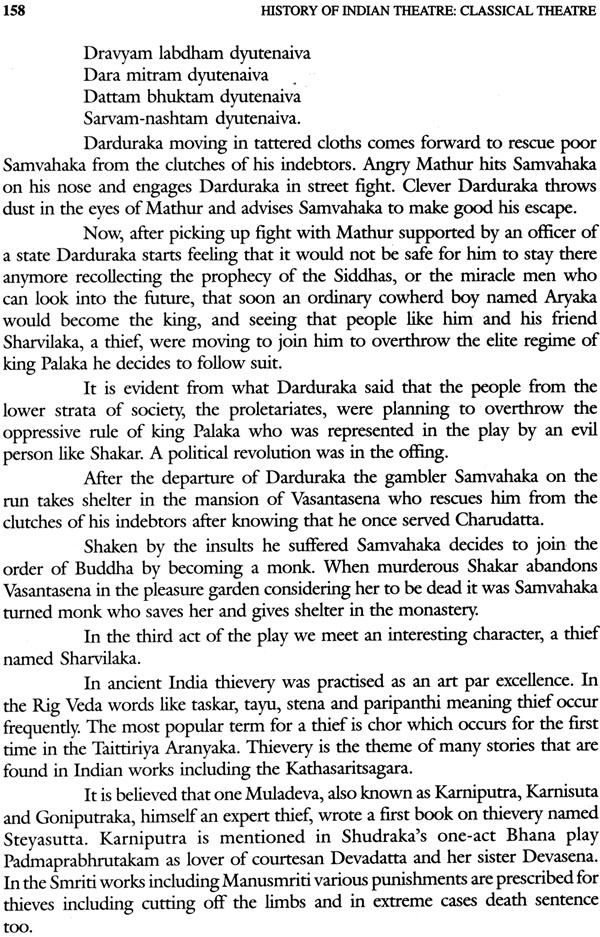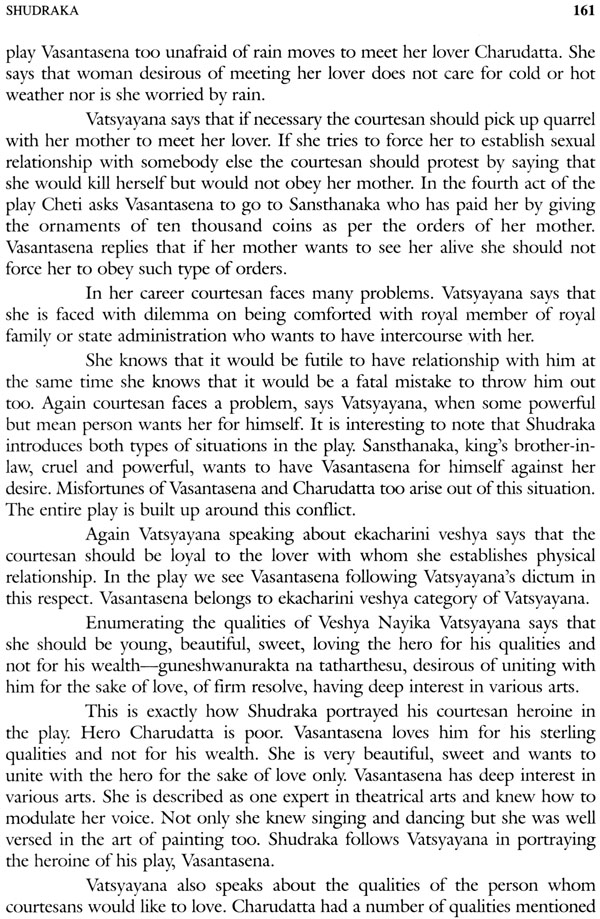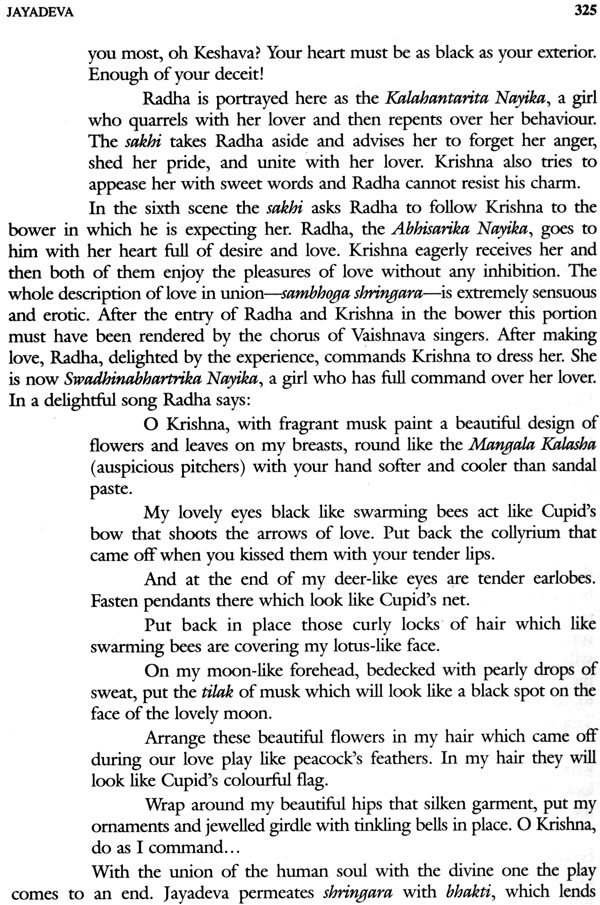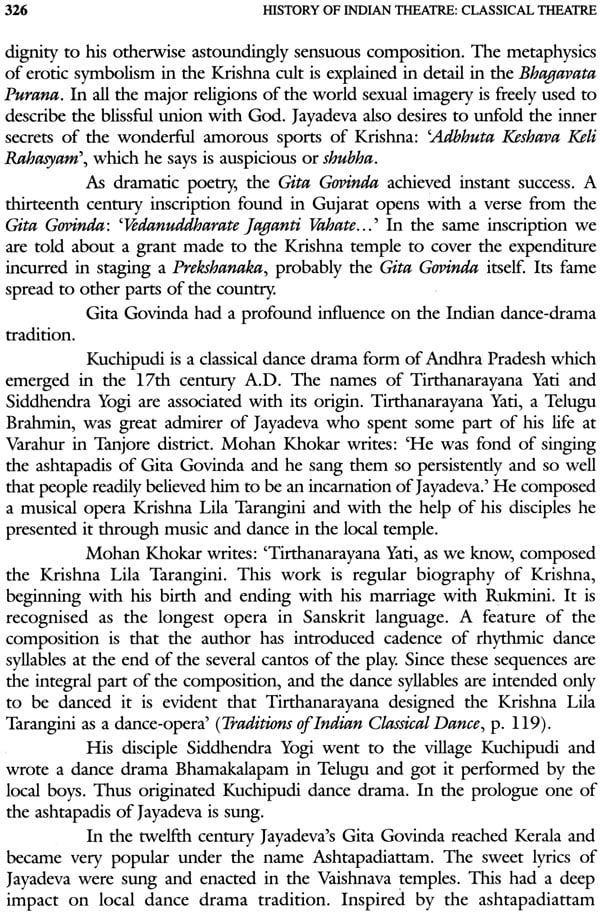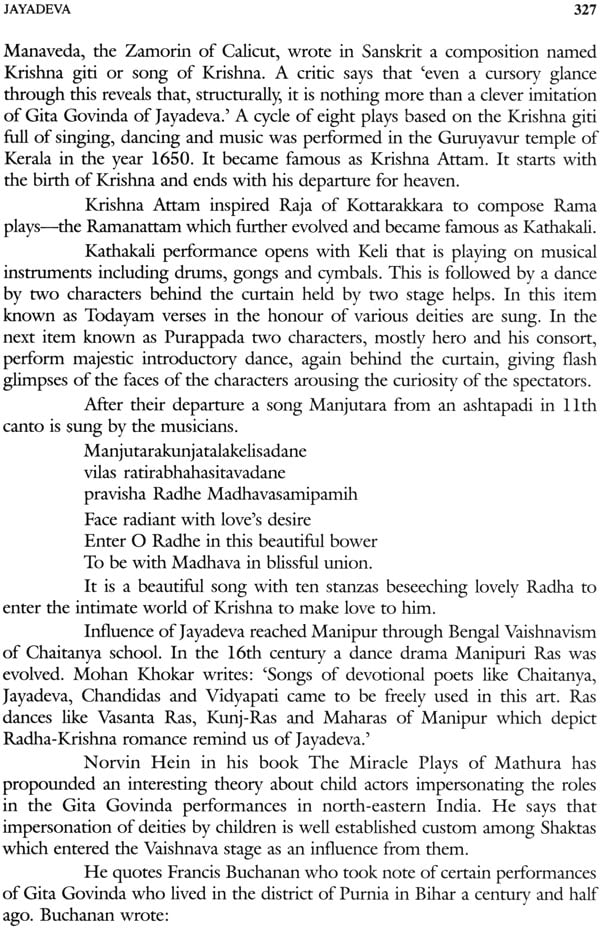
History of Indian Theatre: Classical Theatre (Volume III)
Book Specification
| Item Code: | IDH426 |
| Author: | M. L. Varadpande |
| Publisher: | ABHINAV PUBLICATION |
| Language: | English |
| Edition: | 2005 |
| ISBN: | 8170174309 |
| Pages: | 395 (Color Illus: 15, B & W Illus: 42) |
| Cover: | Hardcover |
| Other Details | 10.9" X 8.7 |
| Weight | 1.60 kg |
Book Description
Preface
Product of the rich ancient Civilisation spreading over several centuries Sanskrit drama and theatre is a most significant part of the cultural heritage of mankind. Even today the Sanskrit plays are performed in Kutiyattam style in the temple theatres of Kerala on festive occasions. Recently UNESCO has recognised it as a masterpiece of tangible heritage of humanity and described it as 'an outstanding example of tradition based creation of a cultural community' and 'a vital link of ancient heritage of mankind'. Sanskrit theatre still lives.
Chronology always posed a great problem for the writers studying this ancient Indian theatre tradition but if we agree that Bhasa is the first extant playwright whose dramas are available to us and that he belongs to 5th-4th century B. C. the beginning of writing literary plays must have made a couple of centuries earlier.
It seems that Indian has lost much of her dramatic literature. Because the next playwright whose works, though in fragmented form, have survived the vagaries of time belongs to second century A. D. And Kalidasa the next playwright we know of comes centuries after Ashvaghosha.
And what an amazing variety of themes we find reflected in Sanskrit dramatic literature. It appears in several forms portraying the exuberance of human emotions. Contrary to what some scholars think Sanskrit plays are eminently suited for stage performance. As is evident from their prologues they were, in the first place, written for enactment. They are full of dramatic action on situational and emotional level. The notion that poetry and lyricism in Sanskrit dramatic works is detrimental to dramatic action must be discarded as superfluous and baseless. Poetry lends grandeur to dramatic action and lyricism makes the portrayal of human emotions more pronounced.
The present work is based on earlier research and the author is greatly indebted to the scholars who did it. The edifice of the present work is built upon the foundation laid by a number of erudite scholars who contributed significantly to the understanding of Sanskrit theatre and drama.
I will be extremely happy if this work will inspire the present generation theatre workers to take up the production of Sanskrit plays, and interpret and re-interpret them using modern sensibility, but at the same time, not losing the track of tradition.
| Preface | 7 | |
| 1 | The Origin | 9 |
| 2 | Bhasa | 39 |
| 3 | Ashvaghosha | 73 |
| 4 | Kalidasa | 91 |
| 5 | Shudraka | 149 |
| 6 | Bhana And Prahasana | 171 |
| 7 | Vishakhadatta | 215 |
| 8 | Shriharsha | 233 |
| 9 | Bhavabhuti | 255 |
| 10 | Krishnamishra Yati | 287 |
| 11 | Jayadeva | 311 |
| Select Bibliography | 329 | |
| Index | 335 |
